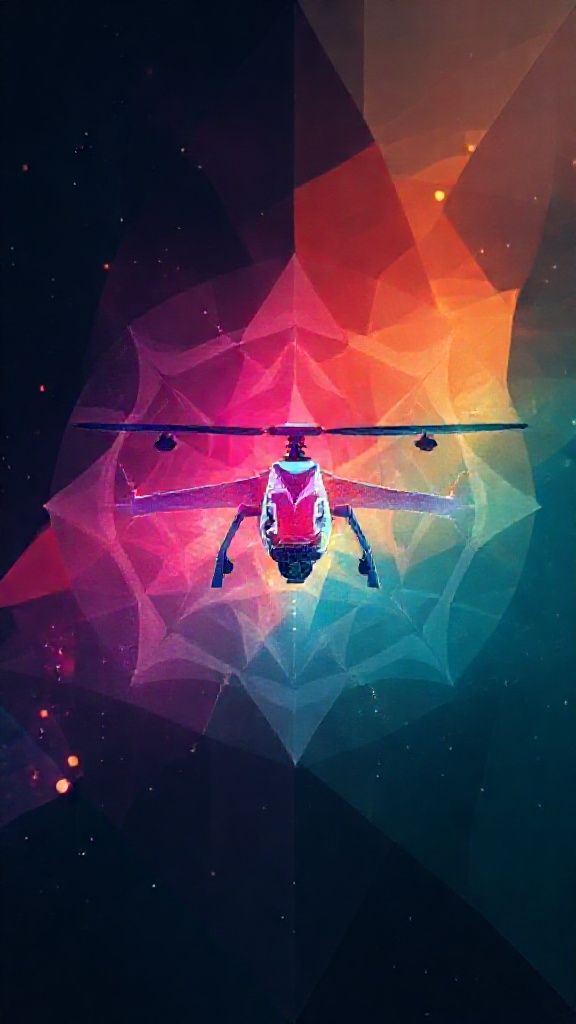20. November 2025
Sikorsky Unveils Revolutionary S-70 Uhawks: Aging Helicopters Get New Life As Autonomous Drones

In a significant development, Sikorsky, a leading helicopter manufacturer, has announced plans to convert its aging Black Hawk helicopters into unmanned rotorcraft drones, dubbed as S-70 UHawks. This innovative concept aims to extend the life of these aircraft by repurposing them for autonomous missions, making it a more cost-efficient option for customers.
The idea was first unveiled at the Dubai Airshow, where Sikorsky showcased a prototype Black Hawk reimagined from the ground up as an unmanned drone. The company’s director of strategy, Ramsey Bentley, highlighted the potential benefits of this conversion, particularly for Middle Eastern customers whose aircraft are nearing retirement.
“For customers with old Black Hawks, Lima models or Alpha models, as they start to retire those aircraft, there might be another use for that aircraft to extend its life by this different sort of autonomous application,” Bentley explained. “We think that’s very exciting, and it also ensures that, from a customer perspective, it’s certainly more cost efficient.”
The conversion process involves equipping the existing Black Hawks with Sikorsky’s Matrix autonomy kit, which includes fly-by-wire software, and removing various components, such as the cockpit. This approach allows Sikorsky to utilize local industry in the Gulf region and elsewhere in the Middle East for the months-long conversion process.
“Our thought process is that we would send a small team from Sikorsky to help overseas with the conversions, but it would be local industry that actually does it,” said Beth Parcella, Sikorsky’s vice president of strategy and business development. “Our approach is to listen to our teammates and execute this based on their needs.”
Several Middle Eastern or North African nations operate traditional Black Hawks, including Egypt, Jordan, Tunisia, the United Arab Emirates, Turkey, and Saudi Arabia. The inclusion of local industry in any conversion would be particularly beneficial for pitches targeting the UAE or Saudi Arabia, where local governments have mandated that half of all defense products be locally manufactured by 2030.
The conversion process can be done by integrating Sikorsky’s Matrix autonomy system into existing Black Hawks. This non-aircraft-specific autonomy system has undergone significant development and maturation over the years, with over 1,000 flight hours accumulated on multiple aircraft types, including rotary wing, fixed wing, and unmanned aerial systems (UAS).
Matrix allows for scalable autonomy, providing operators with various options, such as flying with two pilots, dialing up autonomy, or fully autonomous operations with no human pilots in the aircraft. This flexibility makes it an attractive solution for military and civilian applications.
However, the export license requirement for foreign conversions is a necessary step, which Sikorsky is currently working on to facilitate international sales.
The UHawk, as unveiled at the Association of the US Army annual conference in October, features a significant design overhaul, removing the pilot’s cockpit entirely in favor of front-loaded storage space. This design enables the aircraft to carry up to 10,000 pounds of payload and undertake various missions that require autonomous capabilities.
Sikorsky officials anticipate flight testing of the UHawk will commence by mid-2026, with production slated to start by the end of that year. As the unmanned rotorcraft drone market continues to evolve, Sikorsky’s innovative approach is poised to capitalize on the growing demand for autonomous solutions in various industries.
The concept of converting aging aircraft into unmanned drones is gaining traction worldwide, driven by advances in technology and the need for more efficient military operations. As Sikorsky looks to expand its presence in the Middle East market, this development presents an exciting opportunity to tap into local industry capabilities while offering customers a cost-effective solution for extending the life of their existing assets.
In conclusion, Sikorsky’s plan to convert its aging Black Hawks into unmanned rotorcraft drones marks a significant milestone in the company’s efforts to expand its presence in the Middle East market. By leveraging local industry capabilities and integrating its Matrix autonomy system, Sikorsky aims to provide customers with a more cost-efficient solution for extending the life of their existing aircraft while meeting the growing demand for autonomous solutions worldwide.
As the unmanned rotorcraft drone market continues to evolve, it is likely that we will see more innovative approaches emerge from manufacturers like Sikorsky. The company’s commitment to expanding its presence in the Middle East and leveraging local industry capabilities positions it well for success in this rapidly changing landscape.